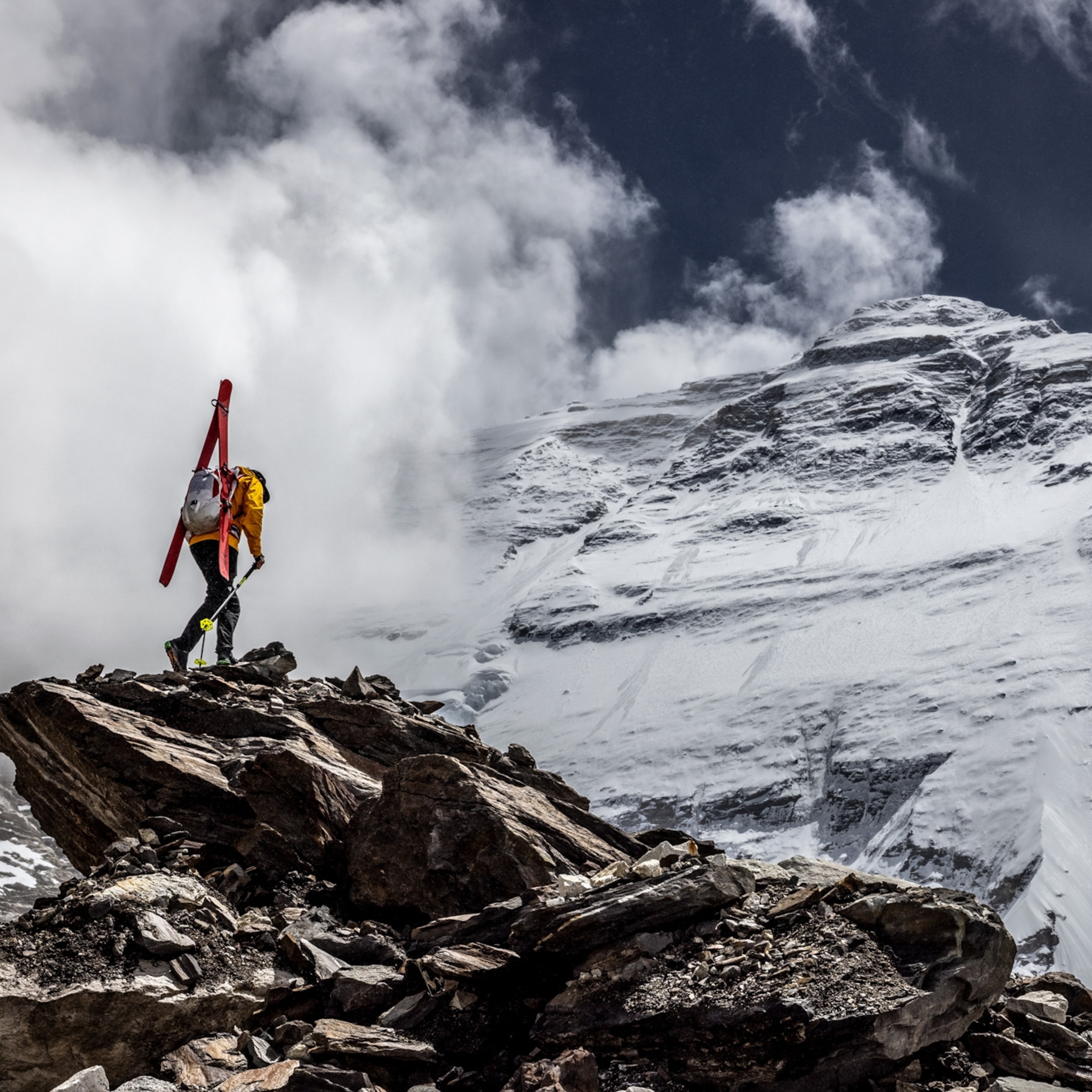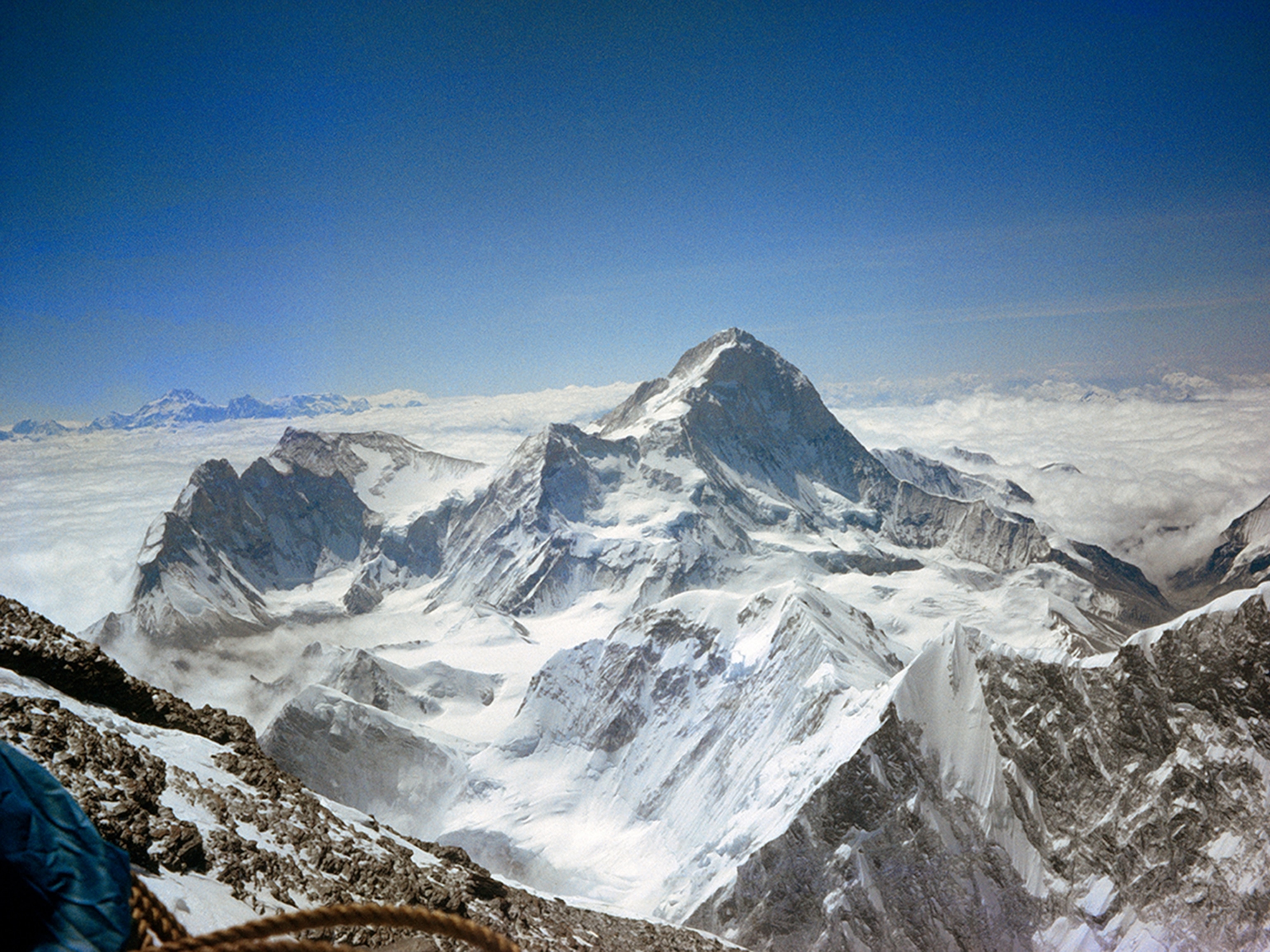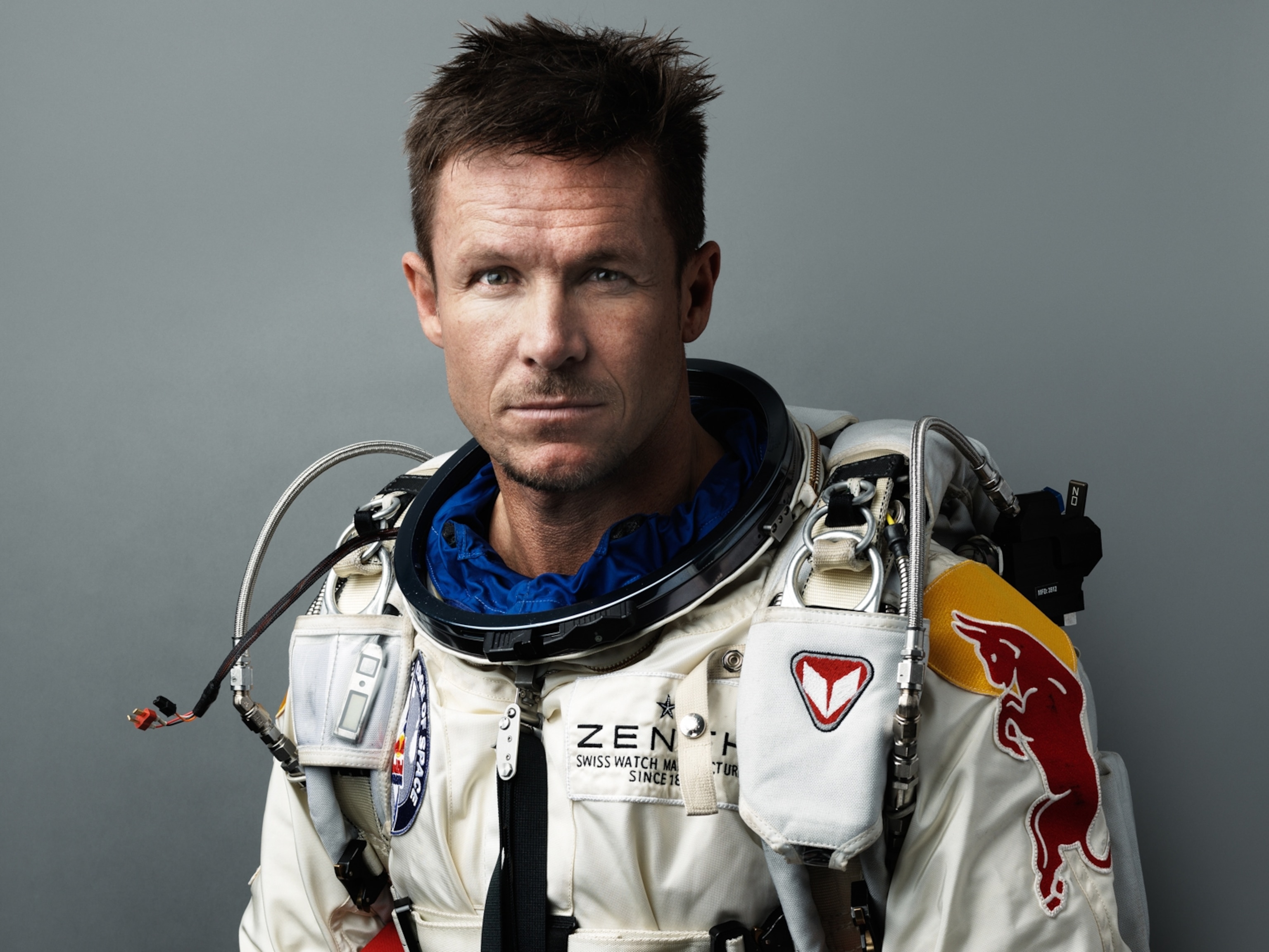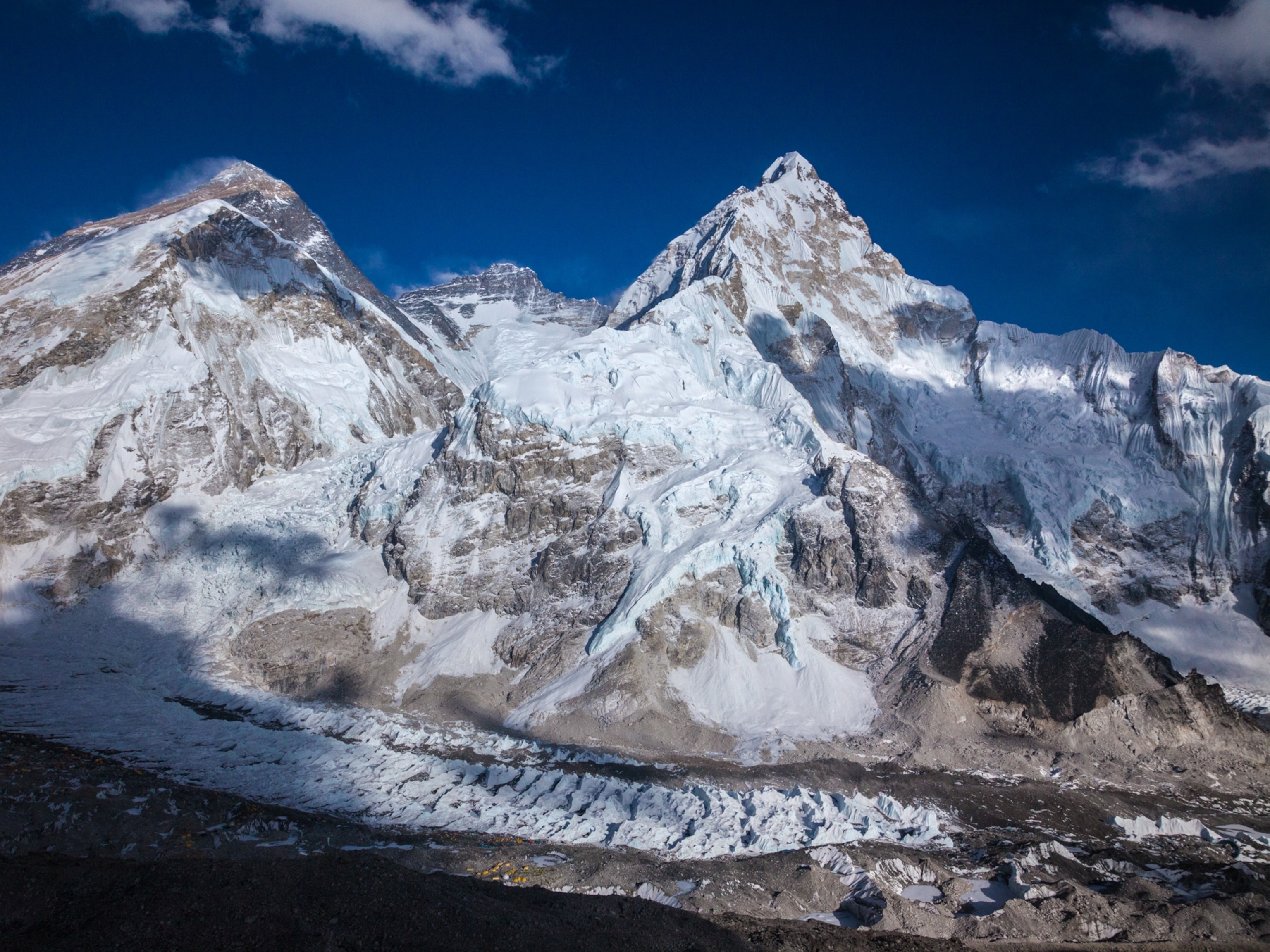
Kayaker Steve Fisher
An exploratory kayaker and his team complete the first descent of the world’s largest rapids.
After six years of planning and setbacks, kayaker Steve Fisher found himself at the put-in to his lifelong dream—paddling the Congo River’s Inga Rapids. Navigating the Democratic Republic of Congo was a daunting process. There were men with guns and an unstable government blocking access to run the legendary set of rapids, not to mention sensitive backroom negotiations. All just to get the chance to be the first to survive the world’s largest rapids.
“If people forget everything else about me as a kayaker, in 50 years they will remember that Steve Fisher did the Inga,” says 36-year-old Fisher, a pioneer of freestyle kayaking who has been at the forefront of the sport since the 1990s. “There was a long road up until this moment. It’s the umbrella, a culmination of everything else I’ve achieved.”
In October 2011, Fisher led a team of the world’s best big-water kayakers—Tyler Bradt, Ben Marr, and Rush Sturges—down the Inga Rapids, a 50-mile section of waterfalls, whirlpools, and kayak-eating hydraulics. Fisher was brought nearly to the point of drowning when one pool swallowed him for 60 seconds. The successful descent took four days, but the team spent three weeks preparing on Uganda’s White Nile. The expedition culminated in the release of a film, Congo: The Grand Inga Project, in August 2012. (Learn more about the expedition at www.ingaproject.com.)
The Inga Rapids are mired in red tape and steeped in a troubled history. In 1985, seven adventurers attempting to travel from the Congo River’s source to the sea disappeared there. They may have fallen victim to the rapids’ bus-size whirlpools and house-size holes, or alternatively, Fisher thinks they might have perished in local conflicts over the politically sensitive dams at the bottom of the rapids. Neither fate was particularly reassuring for this modern team.
By volume, the Congo is second only to the Amazon, but the Amazon’s most difficult rapids are confined to its upper tributaries, so its rapids are smaller in comparison. At the Inga Rapids, the river churns at 1.6 million cubic feet of water squeezed through a mile-wide section, which is relatively narrow for such a massive river. It’s the Earth’s version of a fire hose. The ensuing hydrological event could only be described as chaos. The team relied on a helicopter to get a visual on their route through the series of cataracts.
“We didn’t conquer the rapids,” says Fisher, who grew up in South Africa. “We navigated from top to bottom without a portage. At best, we survived. I had tears in my eyes at the end.”
—Fitz Cahall
THE INTERVIEW
Adventure: The Inga Rapids are firmly rooted in the history of exploration. These were rapids that explorer Henry Morton Stanley first reported on in 1877. This was the only section of the 2,900-mile-long river that Colonel Blashford-Snell didn’t navigate on his descent of the Congo River in 1974 and 1975. The last party led by French adventurer and TV host Philippe Dieuleveult disappeared. People have been trying to navigate these rapids for more than a century.
Steve Fisher: I started learning the history 17 years ago. When you are adding to the history, you’ve got a responsibility to those who came before you and to those who will come after you. I read through Stanley’s journals, Blashford-Snell’s notes on the 16 cataracts of the Inga, and about Philippe Dieuleveult’s expedition, even with seven of them dying. I felt like I had a duty. I felt like we had to show we were adding to history, not replacing it.
A: In your film, Congo: The Grand Inga Project, it’s clear how dangerous these rapids are. You nearly drowned. Is it as extreme as it looks?
SF: Sometimes as a viewer, kayaking can look like an apparent disregard for your own life. It’s not as dangerous as it looks. When we peel out of a rapid we know the consequence of failure and we are confident that we will succeed. The big difference with the Congo is here we are, a group of the best, and we got on the river and immediately realized you can’t see where you’re going. The river is blocking your view and the next wave is blocking all the other waves. Getting lost is the biggest mistake you could make on that river. We had to recalibrate our entire process of scouting the river.
- National Geographic Expeditions
A: So in this case the danger was very real?
SF: All four of us would be at the top of the rapid knowing full well we had zero confidence in the move we were about to make. In fact, we wouldn’t even know exactly what the move is, the rapid is so layered. We also knew that if the river surged at the wrong time, based purely on luck, or if we ended up in the wrong place, we could all die in the same rapid. We knew that. That feeling—maybe we had all felt that once or twice but now we were feeling it multiple times per day. One of the things I learned on this trip is that I do care about dying. I thought that I didn’t.
A: What’s next?
SF: I’m not looking to paddle bigger rapids because they don’t exist. I got to a point in my kayaking career when—wherever I was, say looking for waterfalls in Iceland—I would want to be at home planning this expedition. Now I’m at the point where I can ask myself, What else is on the bucket list? I think I may do smaller things, but be able to enjoy doing them.







